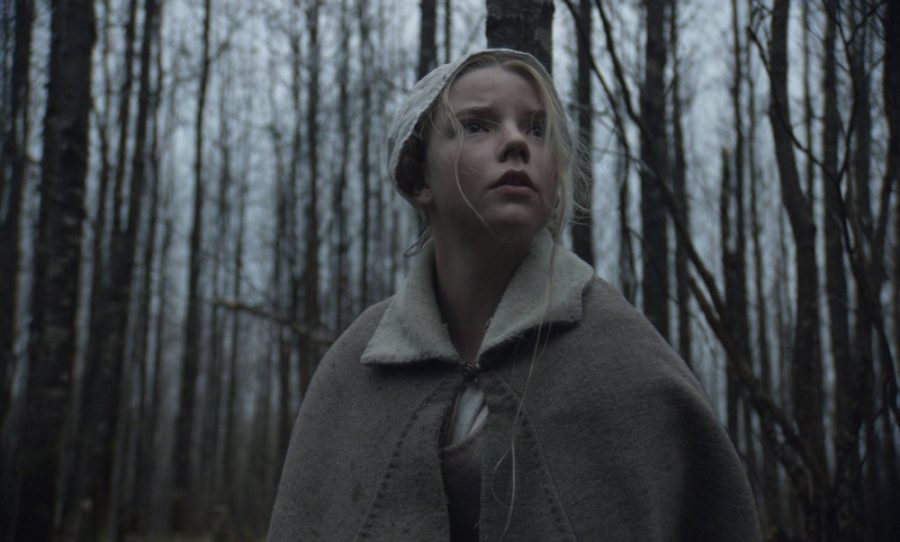The Puritans who traversed the Atlantic Ocean from England and settled in America believed that God had predetermined everyone’s eternal fate. One was either born saved and intended for Heaven or born a sinner, damned to Hell. The trick was to live your life in accordance with God and hope that he would throw you a bone and hint at which way your soul was going.
In terms of signs, a forest-dwelling, decrepit witch haunting your family is probably a big, red, neon arrow pointing straight down.
It’s not that the family in “The Witch” isn’t devout. On the contrary, at the beginning of the film, the staunch patriarch, William (Ralph Ineson), takes his family from their New England colonial plantation because he believes the colony’s teachings are veering away from the true word of the Bible. It’s 1630 (predating the Salem witch trials by over 50 years) and the family must follow the dominant male figure.
But this is a coming-of-age story about a young woman under the veil of a horror story. Thomasin (the revelatory Anya Taylor-Joy) is the oldest child, a maturing teenage girl. To begin, she is still a penitent devotee of Christ.
The family relocates to a barren patch of land on the edge of a wood. Cinematographer Jarin Blaschke uses wide-angle shots sparingly because they are so potent. When the family’s small outpost is framed against the larger surrounding landscape, you see how alone the family is.
It doesn’t take long for tragedy to strike. While Thomasin plays peek-a-boo with her baby brother Samuel, he is whisked away right from under her.
Here is the introduction to our witch. It is arguably the film’s most memorable scene. Shrouded in shadow, with only candlelight and moonlight for illumination, the old hag with a bloated body gruesomely disposes of the innocent babe. There is no physical violence shown, but the disturbing images combined with the discordant and ominous music create a violent experience that transgresses the viewer’s comfort zone.
From this point on, any shot of the opaque forest or sound of grass errantly rustling means the witch may be coming. The threat and its subsequent tension are omnipresent.
This allows first-time director and screenwriter Robert Eggers to keep the witch in the background and not take up screen time while he tells the more compelling story: the familial drama. At first, I was of the opinion that I wanted to see more of the title monster, a criticism that I also leveled against “The Babadook.” I’ve now changed my mind.
Though this is Thomasin’s story, Eggers balances the various perspectives and vices of our ill-fated pilgrim family. William is a devoted but proud father and Katherine (Kate Dickie) is a mourning mother who covets objects, specifically her father’s silver cup. Younger brother Caleb (Harvey Scrimshaw) is a well-to-do young boy who occasionally sneaks glances at his sister’s developing bosom. Then there are twins Jonas and Mercy, whose only sins are being annoying as hell.
After poor Samuel is spirited away by the witch, an entity who no one has actually seen in the flesh, the family starts casting a wayward eye at Thomasin as the reason for their supernatural misfortunes. A girl maturing and speaking her own mind is dangerous, a free radical in the ultra-conservative environment of fundamentalist religion. Suspicions mount slowly and quickly devolve in a flurry of violence.
Perhaps the film’s greatest achievement is that we, as an audience, know that Thomasin is not the culprit, and yet even we begin to question whether this teen girl is the malevolent cause of all the misfortune. Ironically, it is the manic questioning of her intent and piety by her family, and perhaps the audience as well, that causes her to ascend and cast away the constraints of religion.
Much of the film’s content is based on actual diaries and accounts, making “The Witch” an evocative, true-to-life horror film.
Follow Alex Guyton on Twitter









